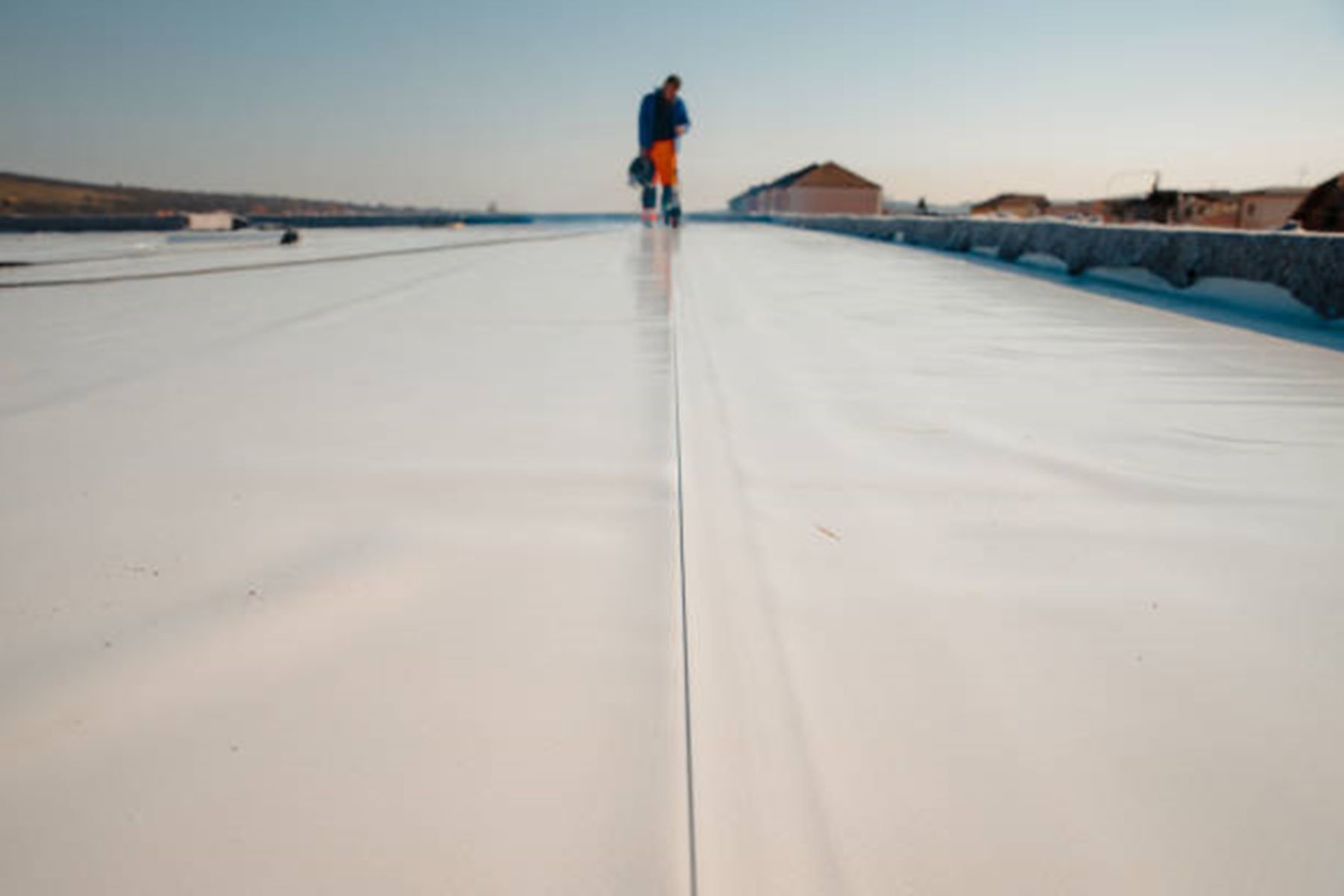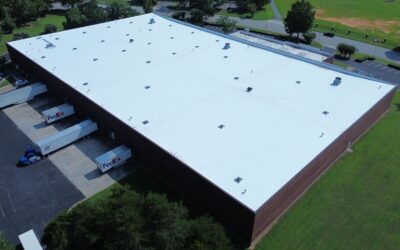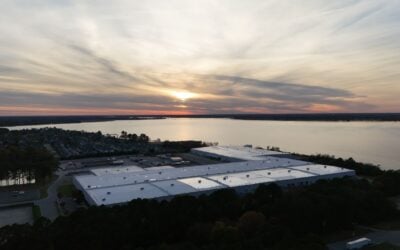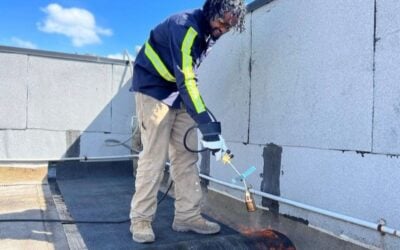Commercial roofing is an essential aspect of any building’s construction, and choosing the right roofing material is crucial to ensure the safety and longevity of the structure. The type of roofing material you choose should depend on several factors, including the location, climate, and environment of the building. In this blog, we’ll discuss how to choose the right roofing system for different locations and climates.
- Location
The location of your building plays a significant role in choosing the right roofing material. For example, buildings located in coastal areas or areas with high humidity levels should have roofing materials that can resist moisture and withstand the saltwater spray. On the other hand, buildings in areas prone to wildfire outbreaks should have roofing materials that are fire-resistant. Locations that are prone to snow and inclement weather require roofing materials that are durable, strong, and can withstand heavy snow loads and other harsh weather conditions.
- Climate
The climate of the area where the building is located is another critical factor in choosing the right roofing material. For example, buildings located in areas with extreme temperatures or heavy rainfall should have roofing materials that can withstand these conditions. Additionally, buildings in areas prone to hurricanes, tornadoes, or other severe weather conditions should have roofing materials that can withstand the force of high winds and heavy rain.
- Environmental Factors
The environmental factors that can affect the roofing material include the amount of sunlight, the presence of trees and vegetation around the building, and the level of pollution in the area. For example, buildings located in areas with high levels of pollution should have roofing materials that can resist the corrosive effects of the pollutants. Additionally, buildings located in areas with lots of trees and vegetation should have roofing materials that can withstand the impact of falling branches and leaves.
Roofing Materials & Climates/Locations Where They Are Best Suited
Now that we’ve discussed the different factors that can affect the choice of roofing material let’s take a closer look at some of the most common types of roofing materials and the climates and locations where they are best suited.
- Metal Roofing
Metal roofing is one of the most popular types of roofing systems due to its durability, longevity, and low maintenance costs. Metal roofing is best suited for buildings located in areas with high temperatures and low rainfall, as it can expand and contract with the temperature changes without sustaining damage. Additionally, metal roofing is fire-resistant, making it a suitable choice for buildings located in areas prone to wildfires.
Asphalt shingles are another popular choice due to their affordability and ease of installation. Asphalt shingles are best suited for buildings located in areas with moderate to high rainfall and moderate temperatures. They are also a suitable choice for buildings located in areas with moderate to high wind speeds.
- TPO Roofing
Thermoplastic Olefin (TPO) roofing is a popular choice for commercial roofing due to its energy efficiency, durability, and ease of installation. TPO roofing is best suited for buildings located in areas with high temperatures and high levels of UV radiation. It is also a suitable choice for buildings located in areas with moderate to high rainfall.

- EPDM Roofing
Ethylene Propylene Diene Monomer (EPDM) roofing is a popular choice for commercial roofing due to its affordability, durability, and ease of installation. EPDM roofing is best suited for buildings located in areas with moderate to high rainfall and moderate temperatures. It is also a suitable choice for buildings located in areas with moderate to high wind speeds.
05. PVC Roofing
PVC (Polyvinyl Chloride) roofing is another popular roofing material that can be a suitable choice depending on the location and climate. PVC roofing is made of a single-ply membrane that is highly resistant to water, chemicals, and UV radiation. It is also easy to install and maintain, making it a cost-effective option. PVC roofing is best suited for buildings located in areas with high temperatures and high levels of UV radiation. It is also a suitable choice for buildings located in areas with moderate to high rainfall and high humidity levels. PVC roofing is highly resistant to mold and mildew growth, which makes it ideal for buildings located in areas with high moisture levels. PVC roofing is also an eco-friendly option. It can be recycled at the end of its lifespan, reducing waste, and contributing to sustainability efforts.
06. Modified Bitumen
Modified Bitumen roofing is also a popular roofing material that has been used for many years. It is made of asphalt that has been modified with polymer materials to improve its durability and resistance to environmental factors. Modified Bitumen roofing is best suited for buildings located in areas with moderate to high temperatures and moderate rainfall. It is also suitable for buildings located in areas with high wind speeds, as it is highly resistant to damage from wind and debris. Additionally, Modified Bitumen roofing is resistant to UV radiation and can withstand exposure to harsh environmental factors. In terms of installation, Modified Bitumen roofing is relatively easy to install, making it a cost-effective option. It is also easy to maintain, which can reduce the long-term costs associated with roofing maintenance.
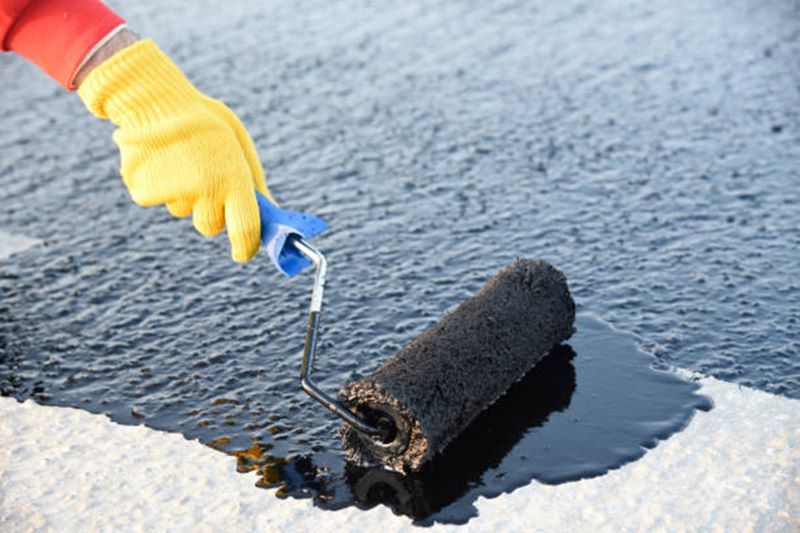
07. Roof Coatings
Roof coatings are another option to consider when choosing a roofing system for different locations and climates. Roof coatings are applied over an existing roofing system to provide additional protection and extend the lifespan of the roof. There are different types of roof coatings available, including silicone and acrylic coatings. Roof coatings are best suited for buildings located in areas with moderate temperatures and moderate to high levels of rainfall. They are also suitable for buildings located in areas with high levels of UV radiation, as they can provide additional protection against the damaging effects of the sun. Roof coatings can also provide energy savings by reflecting sunlight and reducing heat transfer into the building. This can result in lower energy bills and a more comfortable indoor environment. One of the main advantages of roof coatings is their versatility. They can be applied to various roofing materials, including metal, asphalt, and single-ply membranes. They are also easy to apply, which can reduce the cost and time associated with roofing maintenance and repair. However, it is important to note that not all roofs are suitable for coating. Roofs that have been severely damaged or are near the end of their lifespan may not be good candidates for coatings. It is important to consult with a professional roofing contractor to determine whether roof coatings are a suitable option for your building based on its location, climate, and roofing system.
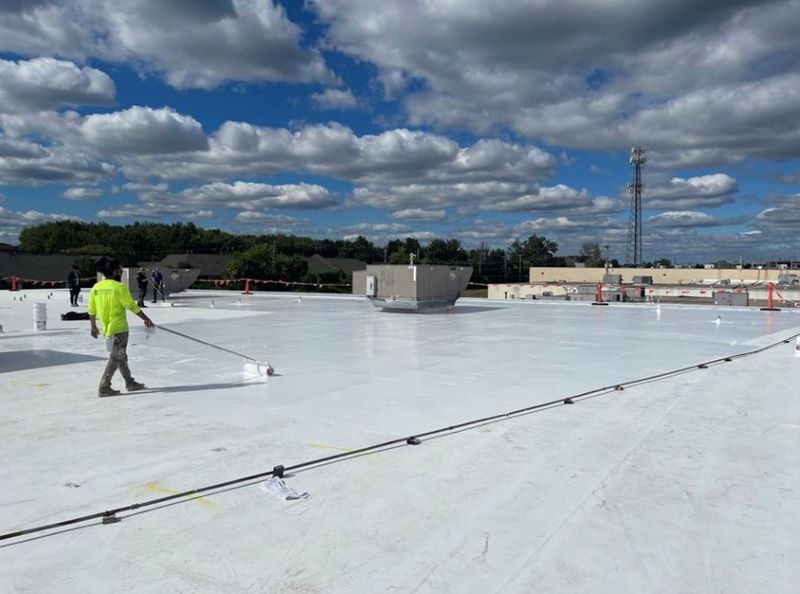
08. Built-Up Roofing (BUR)
Built-Up roofing, also known as BUR, is a traditional roofing material that has been used for many years. It consists of multiple layers of reinforcing materials, such as fiberglass or organic felts, that are built up with layers of bitumen (asphalt or coal tar) and topped with a layer of gravel or a reflective coating. Built-Up roofing is best suited for buildings located in areas with moderate to high temperatures and moderate to high levels of rainfall. It is also suitable for buildings located in areas with high wind speeds and exposure to UV radiation. BUR is highly resistant to damage from wind, rain, and hail, making it a durable option for commercial buildings. One of the main advantages of Built-Up roofing is its longevity. With proper maintenance, a BUR roof can last up to 30 years or more. It is also fire-resistant and provides good insulation, which can reduce energy costs and improve the indoor environment. However, Built-Up roofing can be heavy and difficult to install, which can increase the cost and time associated with installation. It is also not a suitable option for buildings with low-slope roofs, as it can be prone to ponding water.
In conclusion, choosing the right roofing system depends on several factors, including the location, climate, and environment of the building. By considering these factors and selecting the appropriate roofing material for you location and climate, then you can ensure that your commercial building’s roof is durable, long-lasting, and resistant to the elements.

